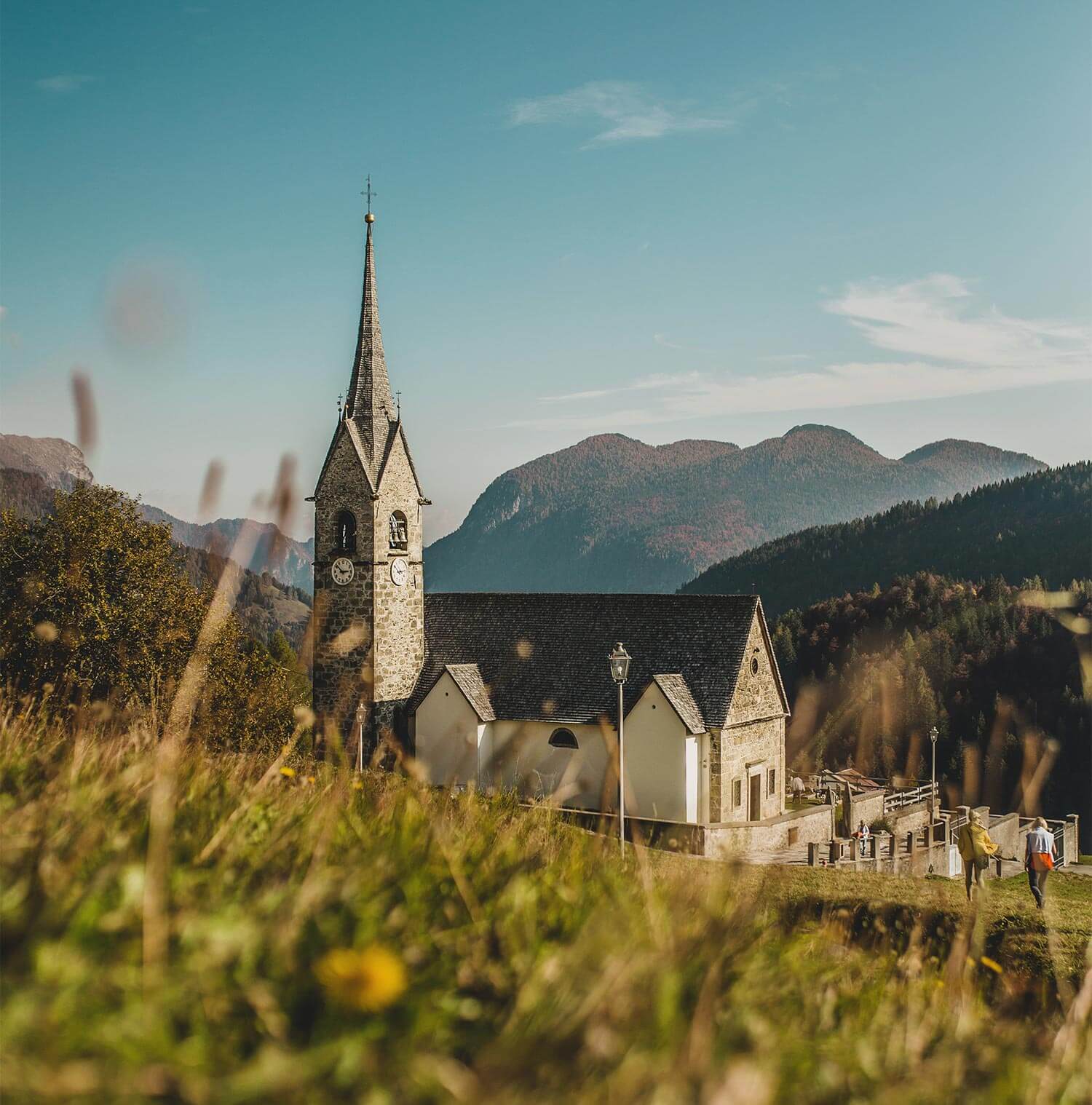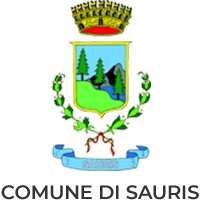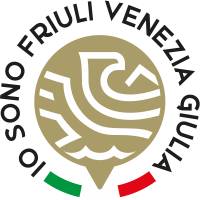An island in the middle of the mountains of Friuli Venezia Giulia.
Sauris is undoubtedly one of the most fascinating villages in the Carnic Alps, characterized by its nestled position, just a stone’s throw from the Austrian border. This has allowed it to preserve, throughout the centuries all the abundance and uniqueness of a cultural identity, which distinguishes it from the other mountain villages of Friuli Venezia Giulia.
Der Zahrar Sproche: the fascinating Sauran language
Let’s start at the beginning: did you know that, according to legend, the community of Sauris was founded by two German soldiers in the 1200s, who took refuge in this isolated and rugged valley in search of a life in harmony with the alpine environment?
Like any legend, this one has a kernel of truth, for the first inhabitants of Sauris definitely came from German-speaking countries. This is evidenced by the very special language still spoken here, with traces of ancient dialects from the Tyrol and Carinthia. While German has evolved over time in Austria and Germany, the descendants of the first inhabitants of Sauris, without contact with their homeland yet influenced by the Friulian-Carnic dialect of the surrounding valleys, continued to speak their original language, now frozen in time. For those arriving today from Austria and Germany, Sauran is therefore a leap into the past, as it is similar to the language spoken by their ancestors, more than eight centuries ago!
For this reason, the Sauran language is recognized and protected by the Italian State and the Friuli-Venezia Giulia Region, and enhanced by many initiatives at the local level. Would you like to learn a few words of it too? Besides the courses that are organized by the Sauris community for anyone who wants to get acquainted with this language, there is also the Sauran Vocabulary (Zahrer Wörterbuch) to study from!
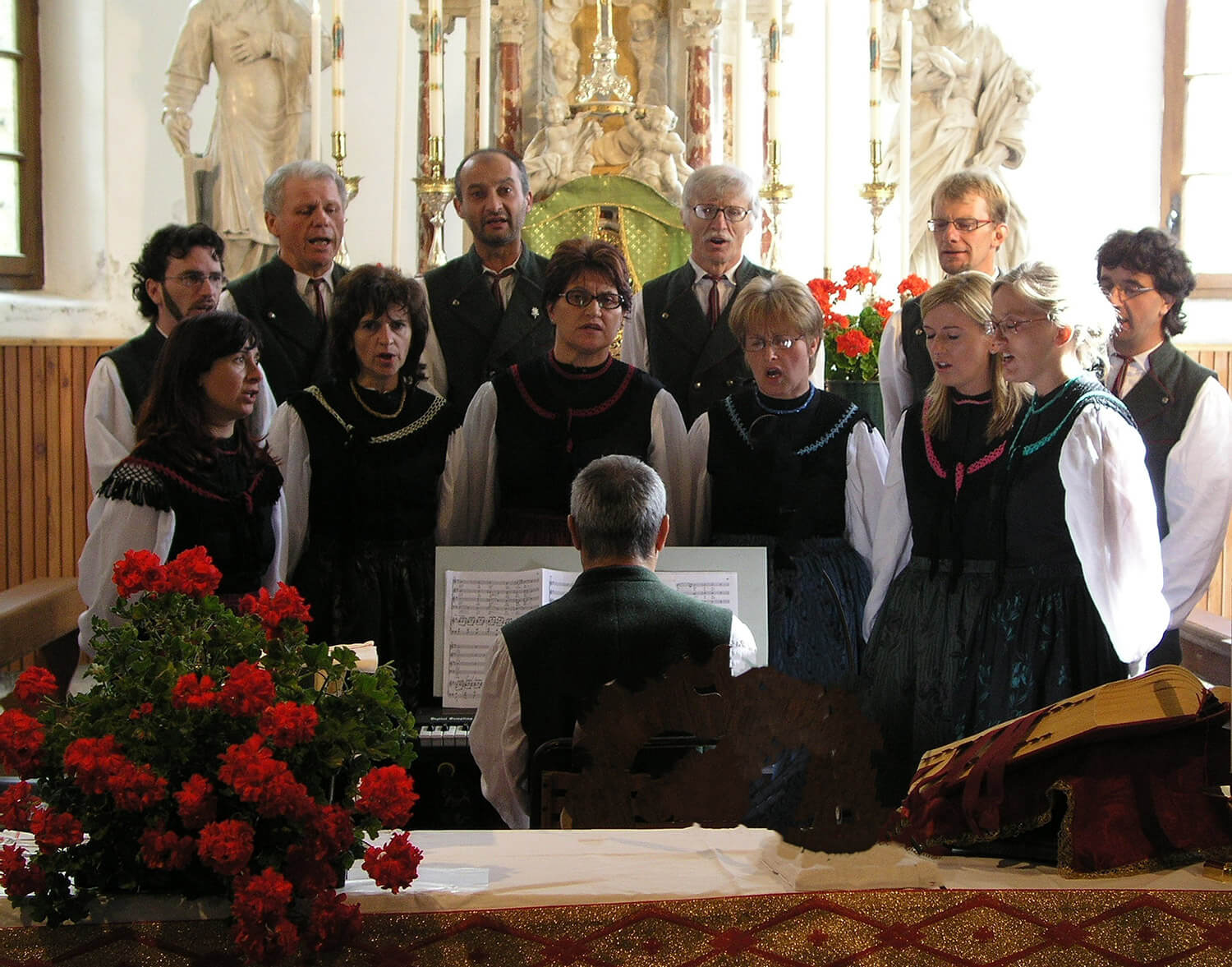
The Carnival of Sauris
Of all the most fascinating traditions in Sauris, there are undoubtedly those related to Carnival celebrations (“Der Zahrar Voschankh”) with its typical wood-carved masks.
Choose your mask from among the “sheana schembln” (beautiful masks) and the “shentena schembln” (ugly masks) and participate in the wood carving workshops, held by Master Ermanno Plozzer that will bring your favorite character to life. Tradition has it that without a mask to render yourself unrecognizable, you cannot participate in the celebration!
The only Sauran Carnival character who is an exception to this rule, and can reveal his uncovered face, is that of the RöLAR who, with his soot-smeared face and cowbells tied to his belt, goes from house to house to call the masks to the festivities, thus kicking off Carnival. Along with him is the KHEIRAR, the King of the Sauris Carnival, who, with his distinctive sorghum broom, sweeps away the hardships of winter from houses and streets, making room for new energy.
With the two masks at the head, a striking and colorful procession winds its way through the forest illuminated by lanterns, from Sauris di Sopra to Sauris di Sotto. Along the way, a stop is inevitable to welcome the masks with an auspicious bonfire, and refresh themselves with mulled wine and fritters before resuming the journey back to the village.
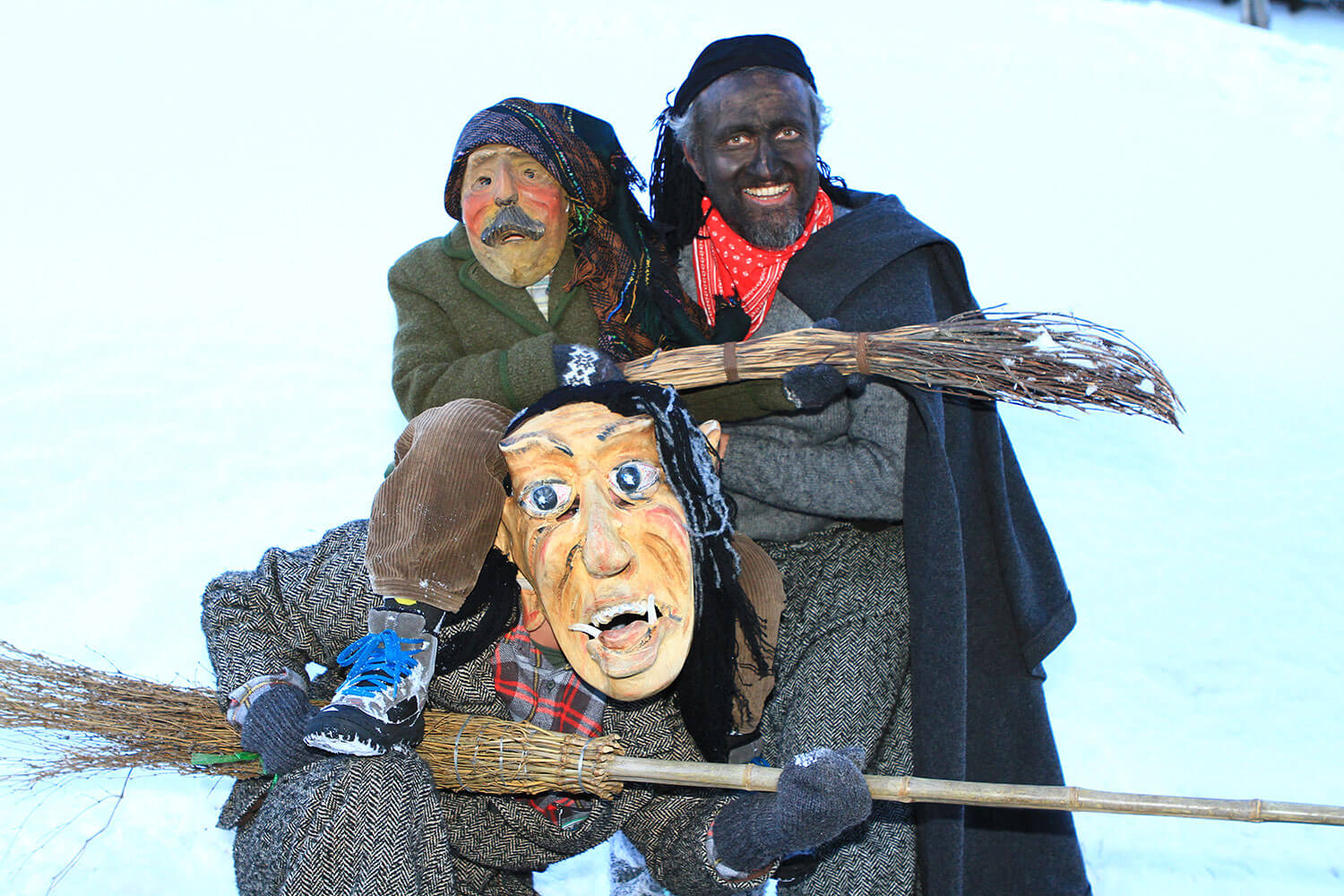
Religious traditions
The period between Christmas and the Epiphany is marked by numerous traditions that go back in time: in the “Giro della Stella” (Tour of the Star), the people of Sauris go through the various villages carrying a colorful, illuminated star, and singing ancient auspicious carols in Old German, Italian, and Latin (known as the “Stearnliedlan,” the Star Songs).
At Easter, children roam the streets with their noisy tree frogs (kretcars and tovln), whose clamor joins the ringing of bells in churches commemorating the Passion and Death of Christ. Particularly striking is the Good Friday Via Crucis in Sauris di Sopra, during which the cross with the symbols of the Passion is carried in a procession.
Another centuries-old tradition, yet recovered in recent decades, is the pilgrimage to the Carinthian shrine of Maria Luggau. This takes place during the third week of September, and features walking the winding route through the Pesarina Valley and the valley of Sappada, where all the pilgrims from the various villages join together to reach the shrine in Lesachtal.
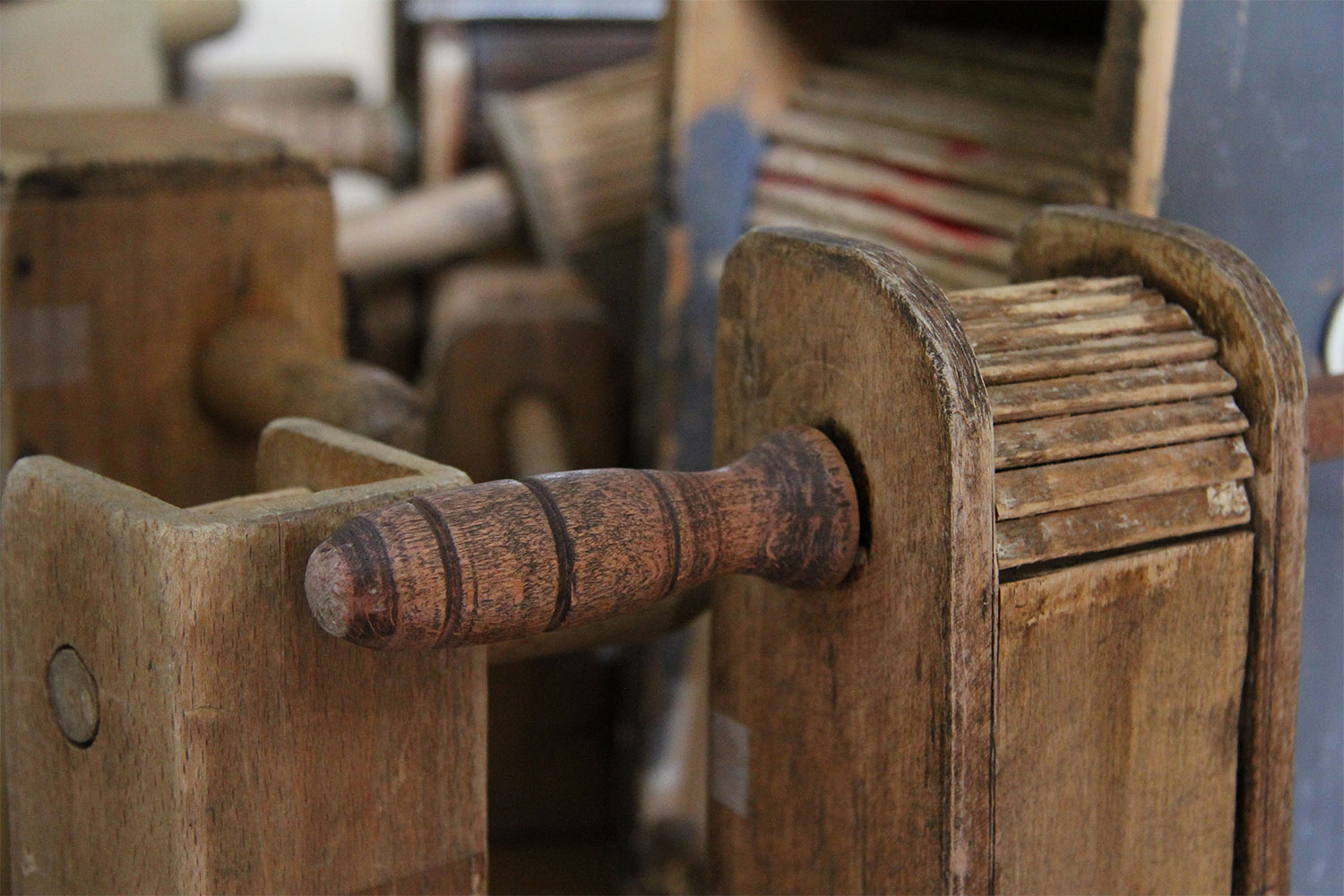
Artisan workshops in Sauris
One of the artisan traditions still practiced in Sauris is that of carving and woodworking. Nowadays, it is the LEGNOSTILE workshop of the Plozzer brothers, that by combining modern workmanship with traditional methods, crafts carpentry items, tools, furniture and beautifully carved objects, such as the traditional “dàlmine” (wooden clogs, in Sauran khöispn) and carnival masks.
Another art that is still active is artisanal weaving; in Sauris di Sotto you can go and browse in the BEIBARHAUS workshop (in the Saurian language Beibar means weaver, Haus means house), situated in an old stone and wood sawmill, where people still operate a hand loom to make precious items such as rugs, tapestries, centerpieces, scarves, capes and blankets.
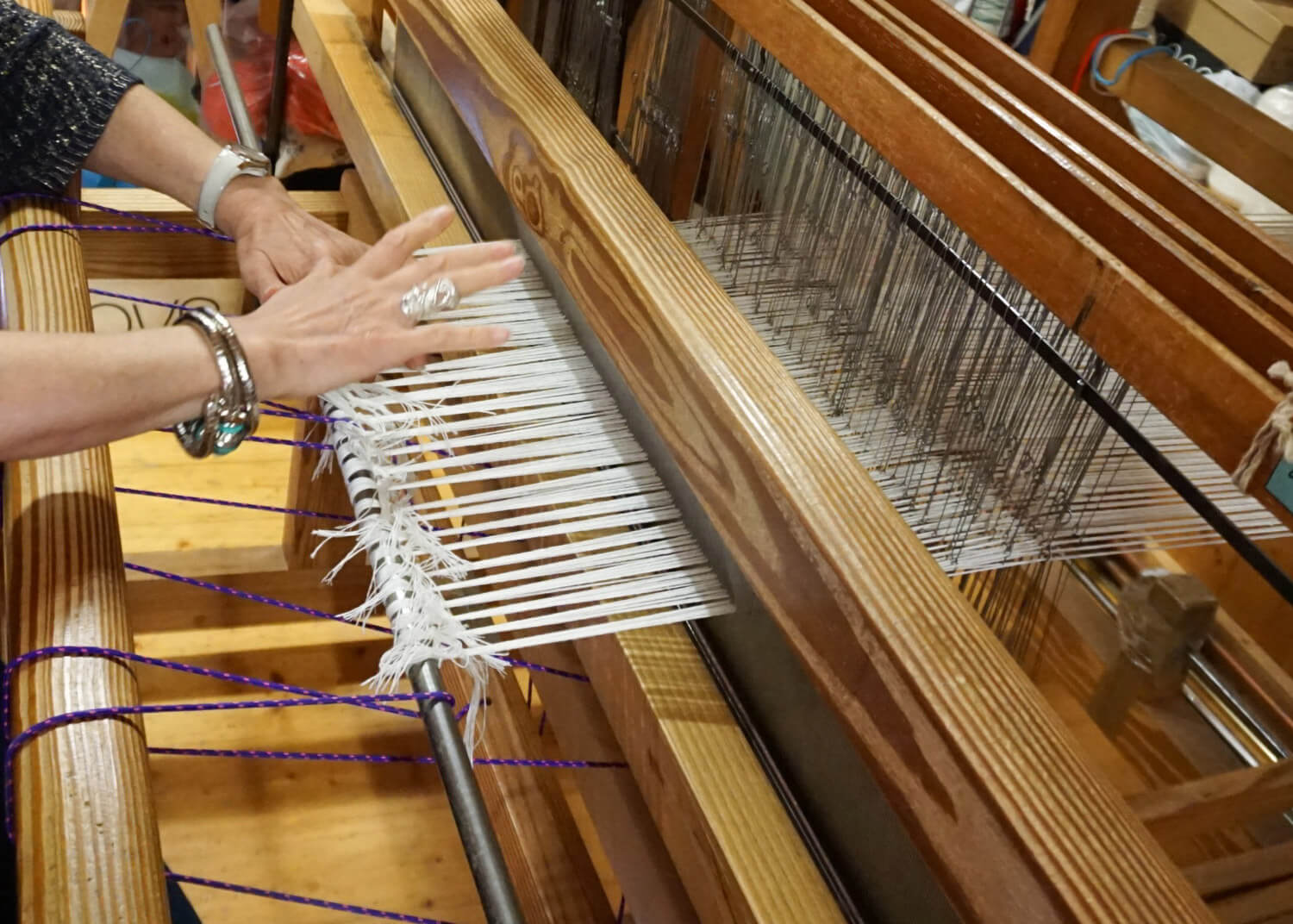
The typical architecture of Sauris
In Sauris, the oldest and most typical buildings are constructed with the readily available resources in the area such as, stone, primarily used for the ground floor/basement, and wood , which is used for the upper floors, built with the ancient technique of “blockbau.” This involves the use of entire tree trunks wedged into the corners of the buildings to create a particularly solid structure. In addition, wooden balconies, adorned with lush geraniums are also a common feature!
Beginning in the 1980s, as part of the so-called “Sauris Project,” many of the remaining Sauris cottages that survived the ’76 earthquake were recovered through skillful restoration that preserved the original architectural features. Some of these buildings now house accommodations for the Albergo Diffuso Sauris.
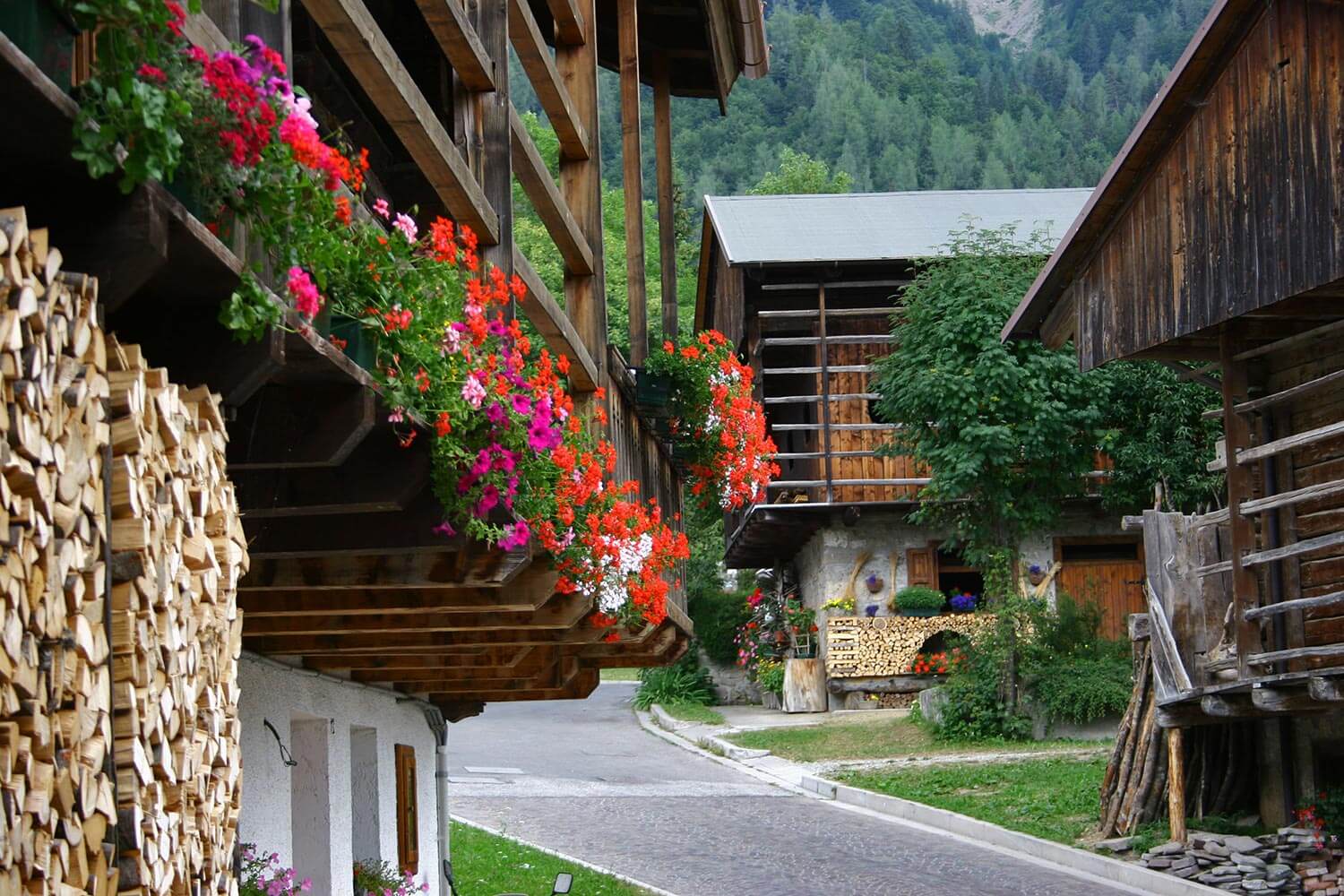
Museums in Sauris
Would you like to immerse yourself in Sauris history to discover everything about the community’s traditions and culture? Then you can visit the Sauris Ethnographic Center “Haus Van Der Zahre”: located in a building of characteristic stone and wood in Sauris di Sopra. It was constructed to document the peculiar aspects of local culture, displaying both permanent and temporary exhibitions.
The rectory in Sauris di Sotto, on the other hand, houses the Historiographic Center – Museo di Sant’Osvaldo. The Center tells of the history of the Sauris community, particularly in terms of everything related to the worship of St. Oswald, to whom the sanctuary of the same name is dedicated. In the 17th and 18th centuries, it was an important devotional center for the entire Veneto-Friuli area and has preserved parchments from the parish archives dating back to the 15th and 16th centuries, along with silverware, votive offerings and various sacred objects such as vestments, processional crosses, chalices, candlesticks, and reliquaries, including one from the 17th-century containing a relic attributed to St. Oswald.
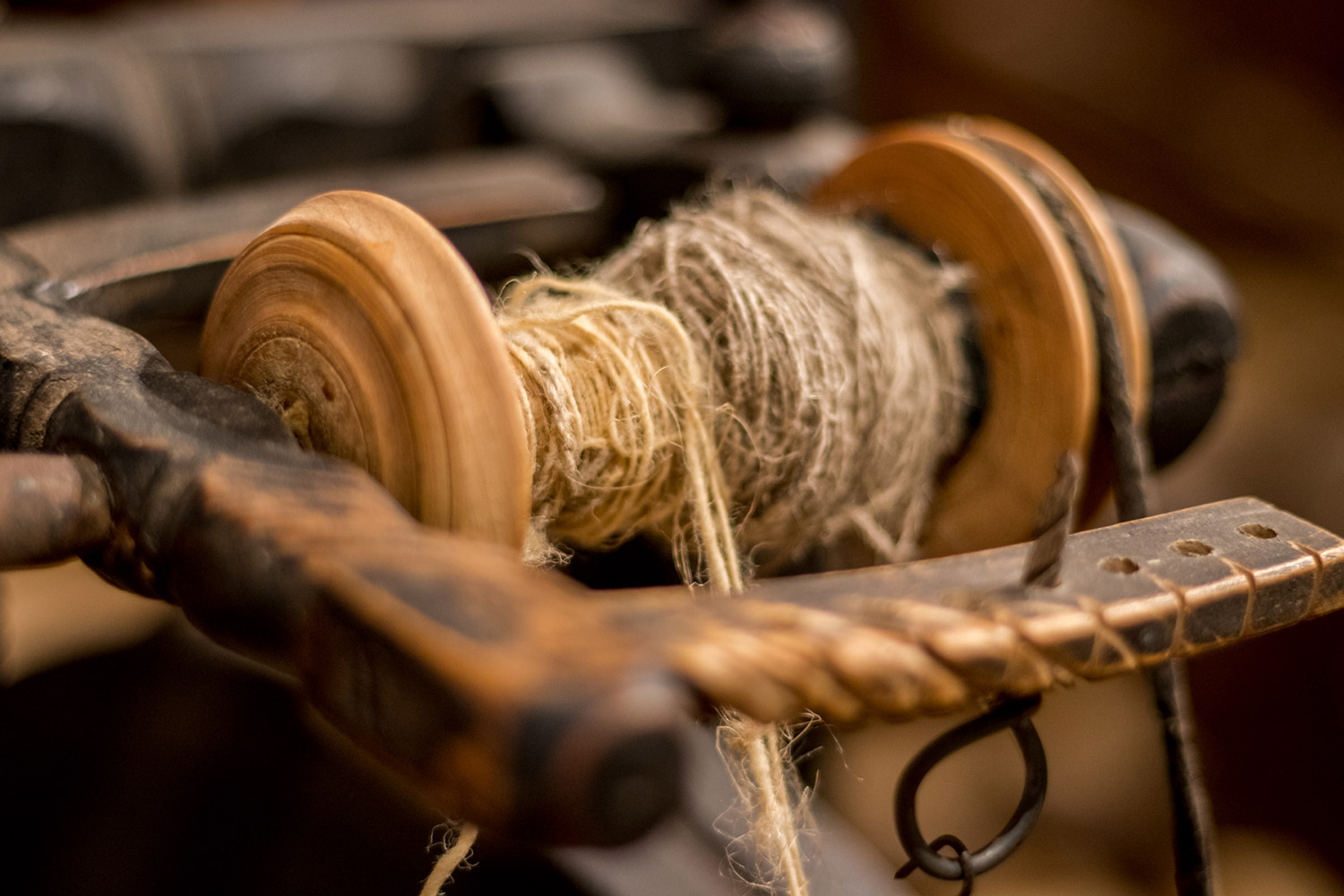
Churches and Sanctuaries
In Sauris, each small village has its own church with the two main ones considered as guardians of real treasures of art and faith: the Sant’Osvaldo Sanctuary, in Sauris di Sotto, and the San Lorenzo Church, in Sauris di Sopra.
The first evidence of a building dedicated to the worship of St. Oswald, which was probably introduced by the founders of the community of Sauris, having originated from Austria, dates back to the mid-1300s. In the 1600s and 1700s the Sant’Osvaldo Sanctuary in Sauris became one of the most well-known and prestigious devotional centers of the Venetian Republic, a destination for hundreds of pilgrims from Friuli, Cadore, the cities of the Veneto region and especially Venice. To accommodate all the faithful, the building was expanded and remodeled several times over the centuries. On the outside, the structure is characterized by a bell tower with an onion-shaped spire.
The church dedicated to St. Lawrence, built in the early 1500s on a slope downstream from the village of Sauris di Sopra, appears as a typical Alpine church in German Gothic style. Two valuable wooden altars are preserved on the premises.
